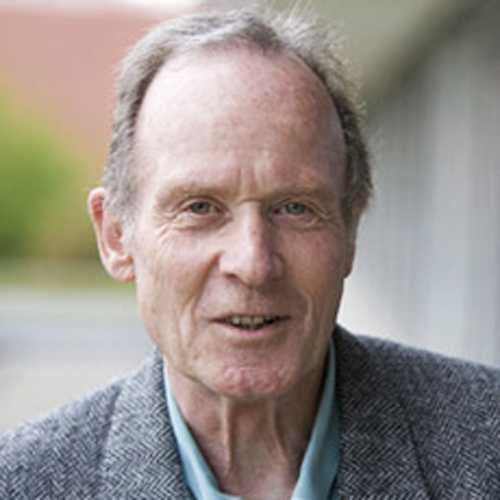Speakers

Ernst Bamberg
The Max Planck Institute of Biophysics, Germany
https://www.biophys.mpg.de/en.html
The focus of the research of the department is the functional analysis of electrogenic membrane proteins. Transporters, ion pumps as well as ion channels are under investigation. Electric, electrophysiological and spectroscopic methods are applied. The proteins are studied in their native environment by voltage-clamp, patch-clamp and voltage-clamp fluorometry and in the purified form reconstituted in artificial membranes by various electric methods such as black lipid membranes and solid supported membranes.
The methodological spectrum is completed by protein purification and molecular biology approaches In order to obtain a detailed view of the transport across the membrane kinetic methods are applied to study transport and conformational dynamics of the proteins in situ and in vitro.
The projects deal with a variety of bacterial transporters, which can be studied only in a reconstituted system. The other main topic is the functional and structural analysis of the retinal binding protein channelrhodopsin 2 (ChR2) and its application in neuro and cell biology. ChR2, which was described by us as the first light-gated channel became a long sought tool in neurobiology, because insertion in neural cells in culture as well as in living animals allows the stimulation of these cells simply by light. In other words ChR2 allows the activation of electrically excitable cells in a non-invasive manner with up to now unknown temporal and, even more important, spatial resolution. ChR2 is used worldwide for basic neurobiological research and for biomedical applications as well.
Parts of the research activities are inserted into the Sonderforschungsbereich 807and in the CEF Frankfurt. Support comes also from the Bernstein Center for Computational Neuroscience Göttingen.
Spectroscopy support is obtained by the groups of J. Wachtveitl, C. Glaubitz, Frankfurt University and by the group of J. Heberle, University of Bielefeld. A fruitful collaboration exists with the former group member G. Nagel, University of Würzburg. For biomedical applications of ChR2 we contribute to projects on recovery of vision and on Parkinson disease in international consortia.
Collaborations on structural analyses exist with the departments of Molecular Membrane Biology and of Structural Biology.
The department contributes to the biochemistry curriculum of the Frankfurt University with regular lectures and lab courses.
